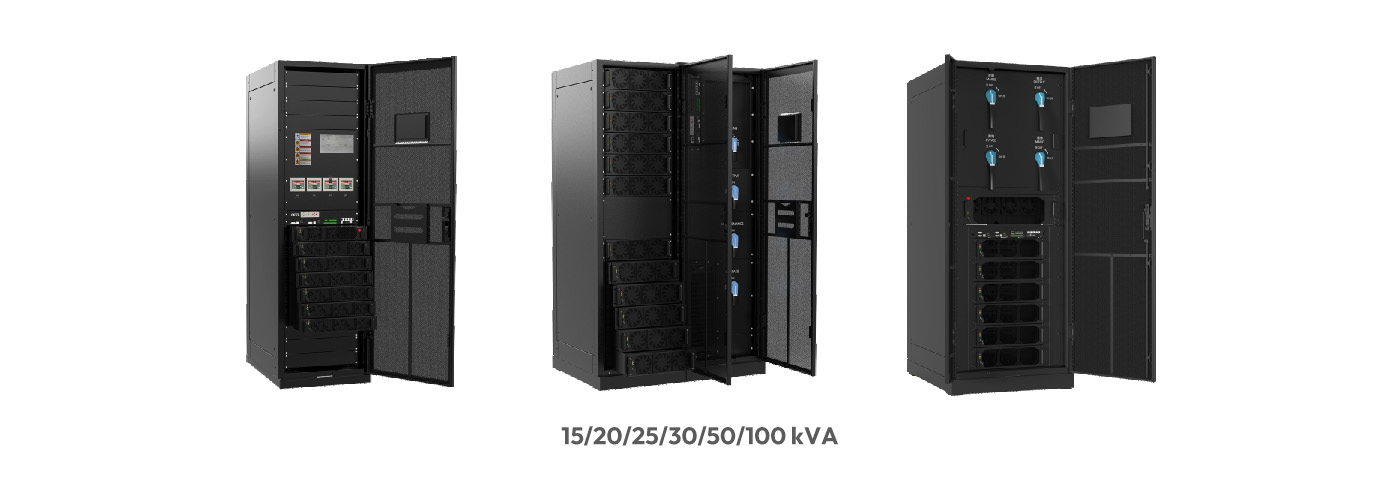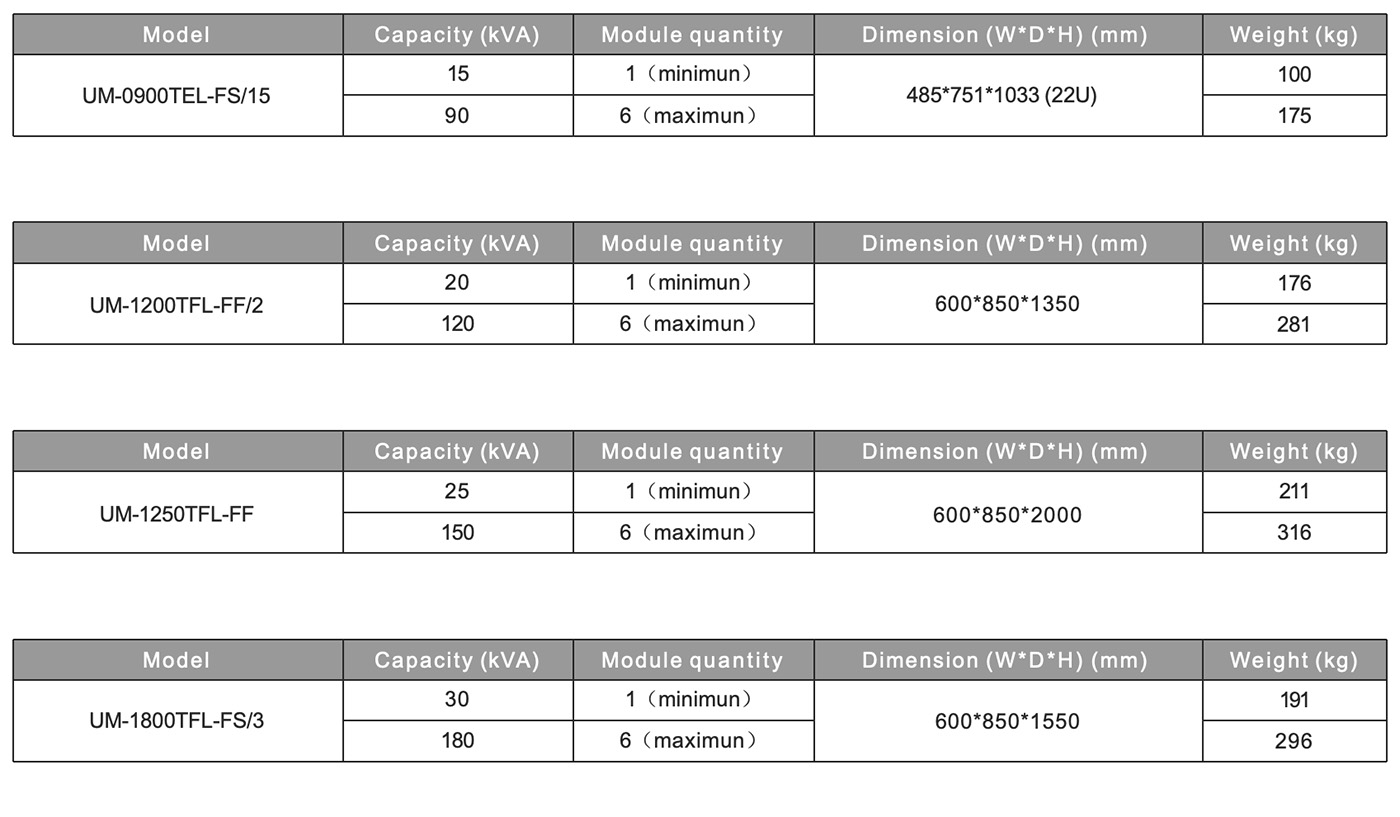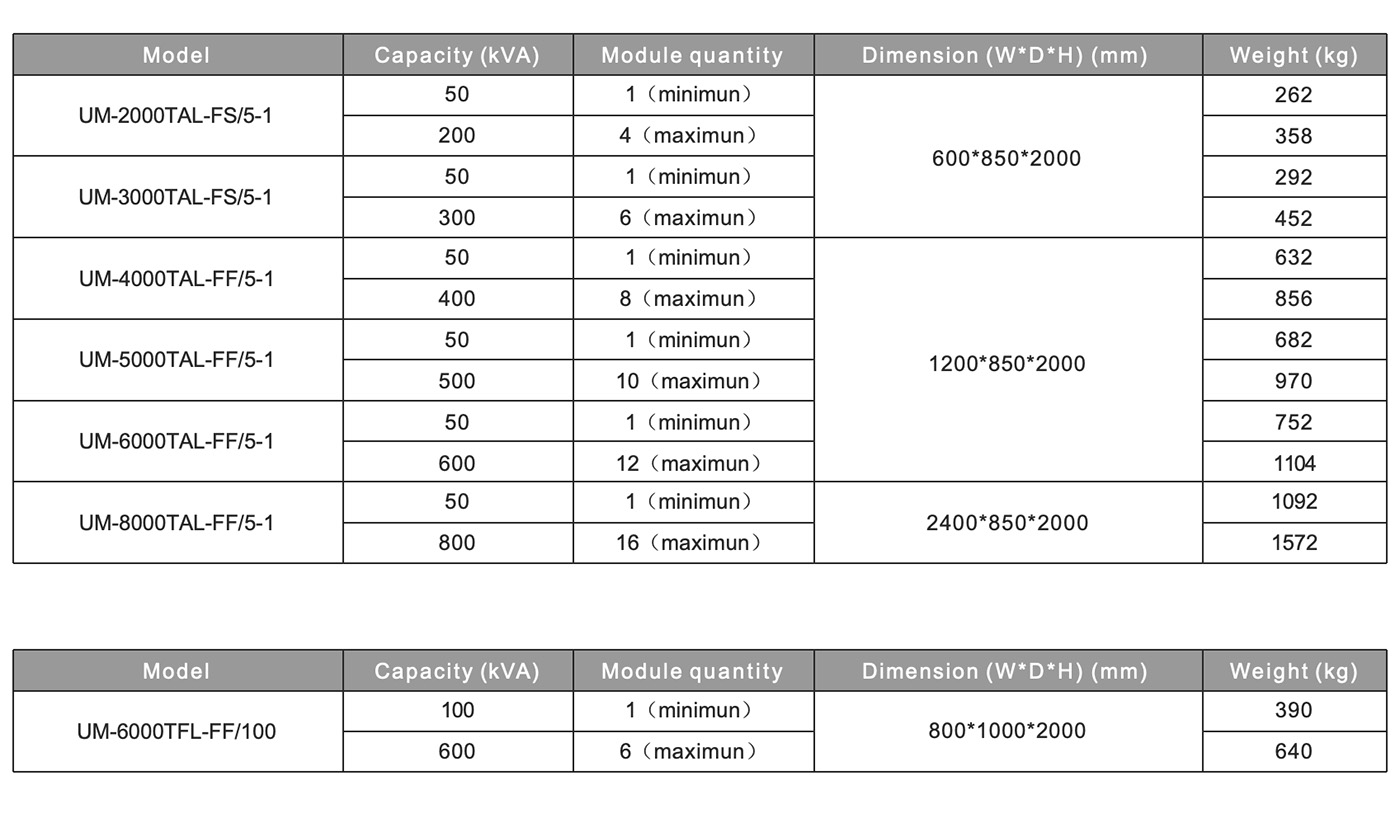
UM modular UPS is a new type of modular UPS based on the online dual-conversion technology, with fully modular design. UM can be smoothly expanded to maximum capacity of 800 kVA and characterized with simple and easy maintenance, significantly improves the low availability issue of traditional UPS systems. UM UPS’s outstanding availability, efficiency, and intelligent design perfectly match customers’ requirements for efficient operation and high flexibility of modern data centers.
Modular Design
High Reliability
High Efficiency
High Availability


Building A, Shengjianli Industrial Park, Guanguang Road, Guanlan Subdistrict, Longhua District, Shenzhen City, Guangdong Province, China
©2024 Shenzhen iTeaQ Network Power Technology Co., Ltd.,All rights reserved.Powered by MRT.